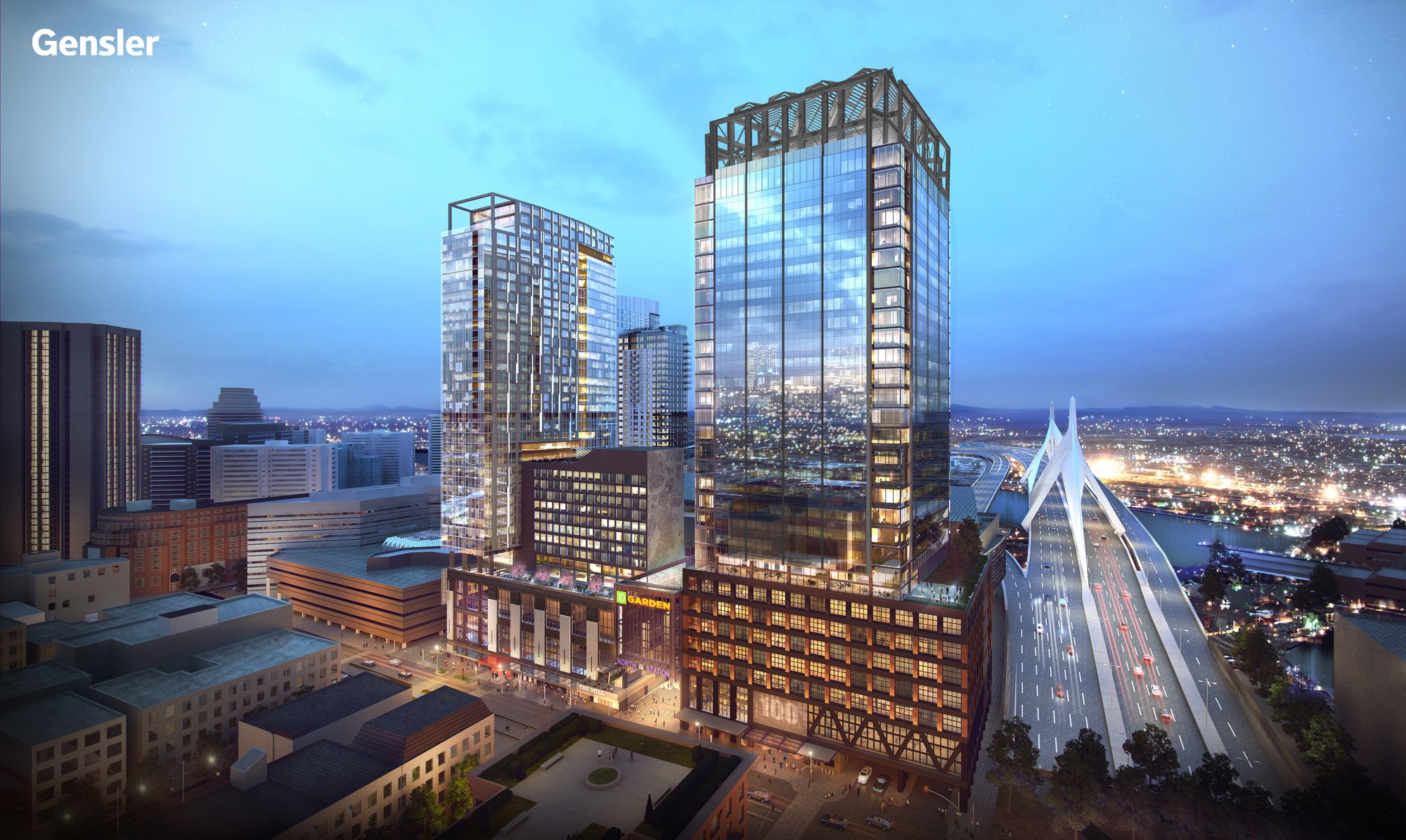
In Boston’s changing cityscape, Vidaris is helping to build the next generation of high-performance and competitive buildings. Walter Harnett, who leads their business in New England, moved to Boston 3 years ago to join the growing office. Today, the Vidaris project portfolio includes Millennium Tower and General Electric Headquarters, among other high-profile new developments in Boston where they serve as the Building Envelope, Sustainability and Energy Efficiency Consultants.
We spoke with Walter about the value Vidaris adds to major development projects:
As Building Envelope Consultants, what do you bring to a project?
Bringing on a specialist consultant during design increases your odds of success in hitting your targets for design, budget and performance. The facade and balance of the building envelope can represent upwards of 20% of construction costs on new development projects. As the design evolves, we’re able to identify and communicate issues early with our clients, providing options to optimize decisions in support of the desired outcome.
Is there a trend in façade design that is particularly hot right now?
It’s about “connection and expression.” It depends on the client and program, but with new commercial and residential development, highly glazed façades have been and continue to be the vanguard of high-rise, high-design buildings. Designers and tenants of modern residences and workspaces look to the façade for this connection and expression, seeking to enhance natural light and comfort, factors that, along with sustainability, can have a meaningful effect on building performance and the overall productivity and wellbeing of its tenants. The challenge here is to balance that desire for transparency while furnishing an efficient façade design that satisfies the performance goals for building energy use. The façade system must be tuned with highly-efficient mechanical systems and shading elements to influence the building’s heating and cooling demand, and to deliver on the promise of high-performance.
Boston is a “Hot” Real Estate Market, what changes are you seeing?
New developments continue to rapidly materialize in and around downtown. But the one exciting area where Boston has some great potential is in the capital improvement and repositioning of its existing building stock, particularly in the central business district. The average age of high-rises in Downtown Boston is around 40 years old, and over 85% is office. To compete against those new developments in the Seaport, the West End, Assembly Row and Kendall Square, these older properties will need to be repositioned. There’s a unique opportunity here to revitalize the downtown, integrating old with new. The recladding of building facades with unitized curtain walls offers one solution as part of a building retrofit in responding to those critical improvements to enhance the sustainability and resiliency of existing high-rise properties.
What are some projects Vidaris is involved with in Boston?
With teams composed of experienced project managers, specialized experts and seasoned technical staff, Vidaris has participated on some of the most challenging, award-winning projects in the world’s most competitive markets. In Boston, we’ve been lucky to collaborate on some of the largest projects in the area, providing Building Envelope Consulting as part of the design team on The Hub on Causeway and Avalon North Station in the West End, as well as LEED and Sustainability Consulting on projects including the Vivo Apartments at 270 3rd Street in Cambridge, which just achieved LEED Silver in December.









